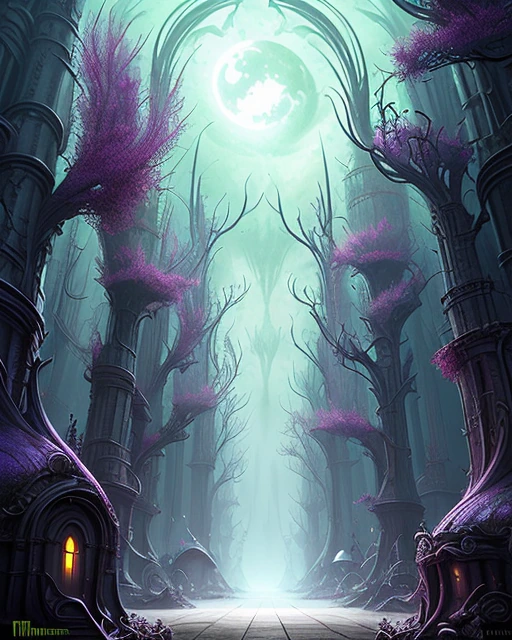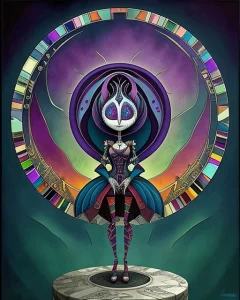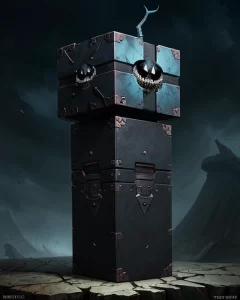In the ever-evolving realm of digital art, the emergence of Non-Fungible Tokens (NFTs) has revolutionized the way we perceive and trade artistic creations. For artists seeking to digitize their traditional paintings and venture into the world of blockchain, the question arises: How much does it cost to turn a painting into an NFT?
The process of transforming a tangible masterpiece into a digital asset involves several key elements, each contributing to the overall expense. Let’s delve into the various factors that influence the cost of this transformative journey.
- Blockchain Transaction Fees:
The cornerstone of NFTs lies in blockchain technology. Artists must navigate the decentralized landscape, and with each transaction comes a cost. Blockchain transaction fees vary depending on the platform chosen for minting the NFT, with popular options like Ethereum often having higher fees than emerging alternatives. - Platform Charges:
NFT marketplaces act as intermediaries, providing a platform for artists to mint and showcase their digital assets. These platforms, such as OpenSea, Rarible, or Mintable, typically charge a percentage fee on each sale. It’s essential for artists to factor in these charges when determining the overall cost. - Smart Contract Development:
Smart contracts are self-executing contracts with the terms of the agreement directly written into code. Creating a customized smart contract tailored to the specific needs of an artist can incur additional expenses. However, some platforms offer pre-built contracts that artists can use to mint their NFTs more affordably. - Digitalization and Storage:
Turning a physical painting into a digital file involves high-quality scanning or photography. The cost of digitizing the artwork and ensuring its secure storage must be considered. Additionally, artists might invest in professional digital enhancement to optimize the visual appeal of their NFTs. - Legal and Licensing:
Navigating the legal landscape is crucial when entering the NFT space. Artists may need to engage legal professionals to ensure proper licensing and intellectual property protection. Legal fees contribute to the overall cost but are essential for safeguarding the artist’s rights. - Marketing and Promotion:
Successfully launching an NFT requires effective marketing and promotion. Artists may need to allocate funds for creating a compelling narrative around their digital masterpiece, building a social media presence, and potentially collaborating with influencers to reach a wider audience. - Community Engagement:
Building a supportive community around the NFT is vital for its success. Artists might consider hosting events, giveaways, or collaborations to engage their audience. While these initiatives may not directly contribute to the minting cost, they play a crucial role in the overall success of the NFT.
In conclusion, the cost of turning a painting into an NFT is a multifaceted consideration. Artists must assess the unique aspects of their artwork, their chosen blockchain platform, and the level of customization they desire. While there are expenses associated with this transformative journey, the potential for exposure, ownership verification, and a new era of digital art make the investment a promising venture for many artists daring to explore the NFT frontier.






